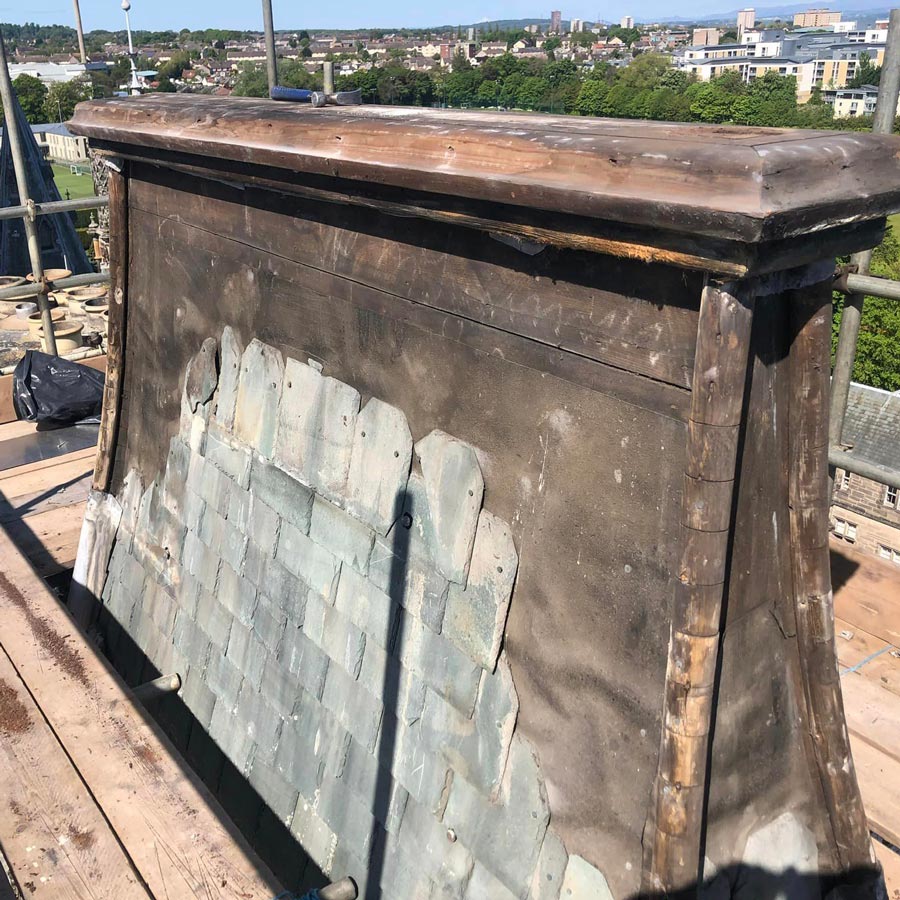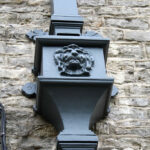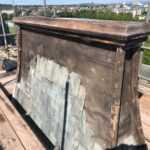Your roof is one of the most crucial components of your home, shielding you from the elements and ensuring your comfort. Over time, even the most well-constructed roofs can develop issues. Knowing how to identify and address these problems can save you time, money, and hassle. In this blog, we’ll explore some of the most common roofing problems and provide practical tips on how to fix them.
Leaks
Leaks are one of the most frequent roofing issues and can manifest as water stains on ceilings or walls, damp patches, or mold growth. Common leak sources include damaged shingles, cracked flashing, or clogged gutters.
Fix:
- Locate the Source: Start by inspecting the area around the leak. Look for missing or damaged shingles, broken flashing, or gaps where water might be entering.
- Repair Shingles: Replace any damaged or missing shingles. Lift the damaged shingle and apply roofing cement beneath it before securing it with nails.
- Fix Flashing: If flashing around chimneys, vents, or skylights is damaged, apply roofing cement or replace the flashing as needed.
- Clean Gutters: Ensure gutters and downspouts are clear of debris to prevent water backup, which can lead to leaks.
Missing or Damaged Shingles
Missing or damaged shingles are often visible from the ground or roof. Look for shingles that are cracked, curled, or completely absent. Damage may also result from severe weather conditions.
Fix:
- Replace Shingles: Gently lift the edges of the damaged shingles and remove the nails. Slide a new shingle into place and secure it with nails. Apply roofing cement to seal the edges.
- Seal Edges: For curled shingles, use a heat gun to soften them and then press them back into place with roofing cement.
Clogged Gutters
Clogged gutters can lead to water overflow and damage to the roof and siding. Look for overflowing water, sagging gutters, or visible debris in the gutters.
Fix:
- Clean Gutters: Remove leaves, twigs, and debris from gutters and downspouts. Use a gutter scoop or a garden trowel for removal.
- Flush Gutters: After cleaning, flush the gutters with water to ensure they’re clear. Use a garden hose to check for proper drainage.
- Install Gutter Guards: Consider installing gutter guards to reduce future clogs and maintenance.
Damaged Flashing
Flashing is the material that seals joints and edges on your roof. Look for rust, cracks, or gaps in flashing around chimneys, vents, and skylights. Water stains near these areas can indicate flashing problems.
Fix:
- Seal Gaps: Apply roofing cement or a similar sealant to small gaps and cracks. Ensure the sealant is compatible with the type of flashing you have.
- Replace Flashing: For extensive damage, you may need to replace the flashing. Remove the old flashing, clean the area, and install new flashing. Secure it with nails or screws and seal the edges with roofing cement.
Moss and Algae Growth
Moss and algae can appear as dark stains or green patches on your roof. This growth can trap moisture, leading to potential roof damage and degradation.
Fix:
- Remove Growth: Gently scrub the affected areas with a soft brush. Avoid using abrasive tools that can damage shingles.
- Apply Treatment: Use a roof cleaning solution or a mixture of water and bleach to treat the area. Follow the manufacturer’s instructions for application.
- Prevent Future Growth: Consider installing zinc or copper strips along the roof ridge. These metals can help inhibit moss and algae growth.
Cracked or Broken Tiles
If you have a tile roof, inspect it for cracked or broken tiles. These issues can lead to leaks and further damage if not addressed promptly.
Fix:
- Replace Tiles: Gently lift the surrounding tiles and remove the damaged tile. Install a new tile in its place, ensuring it fits snugly and aligns with the existing tiles. Secure with roofing adhesive or nails.
- Inspect Surrounding Tiles: Check neighboring tiles for damage and replace them if necessary to prevent future issues.
Ponding Water
Ponding water occurs when water accumulates on flat or low-sloped roofs. Look for areas where water remains after rain or where the roof appears to have standing water.
Fix:
- Improve Drainage: Ensure roof drains, scuppers, and downspouts are clear and functioning properly. Add additional drainage if necessary to improve water flow.
- Add Slope: In some cases, you may need to add a slight slope to the roof to encourage proper water runoff. Consult with a roofing professional for solutions.
Addressing roofing problems promptly can prevent minor issues from escalating into costly repairs. Regular inspections and maintenance are key to extending the lifespan of your roof and protecting your home. If you encounter roofing issues that are beyond your expertise or comfort level, don’t hesitate to call a professional roofing contractor.




